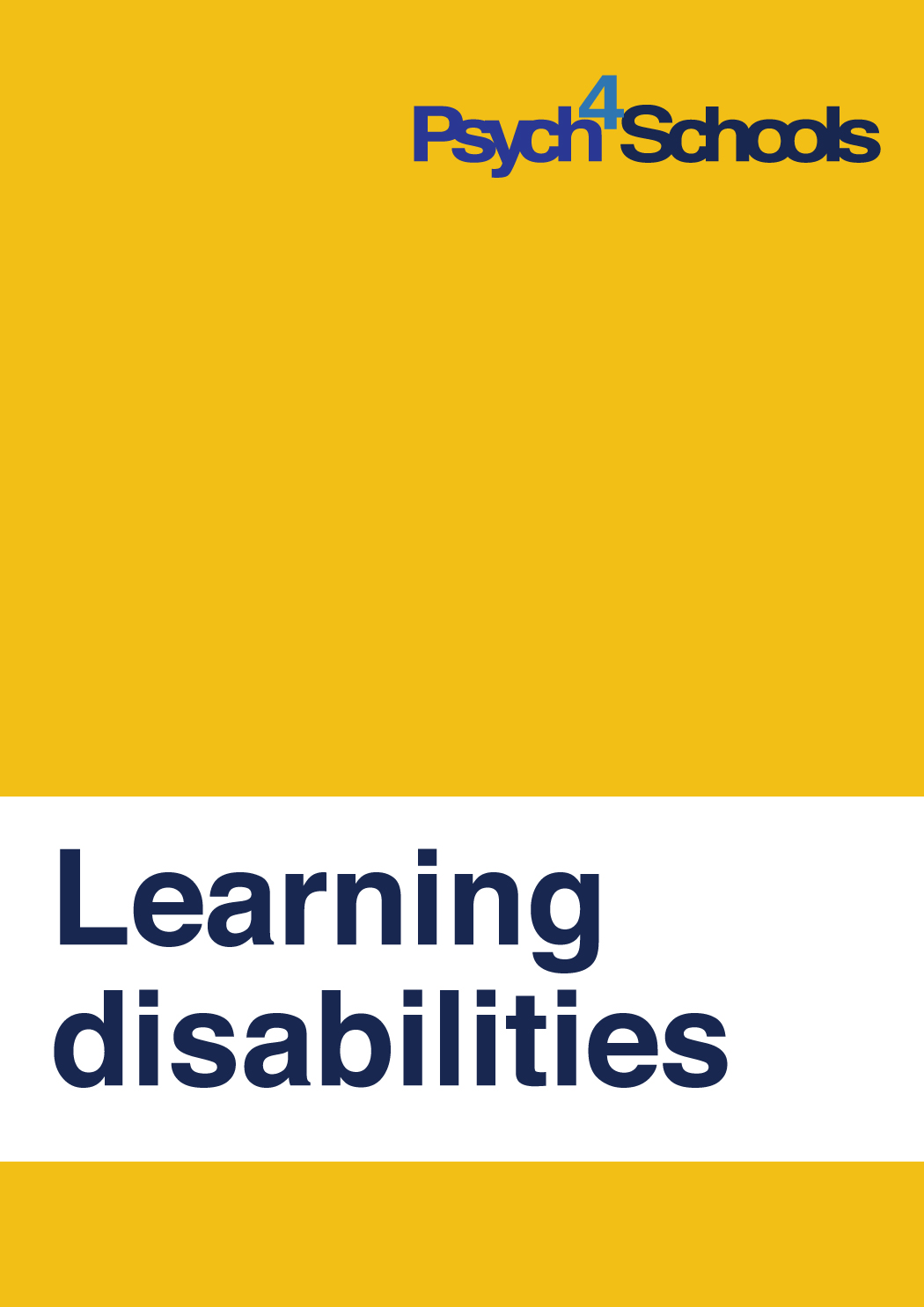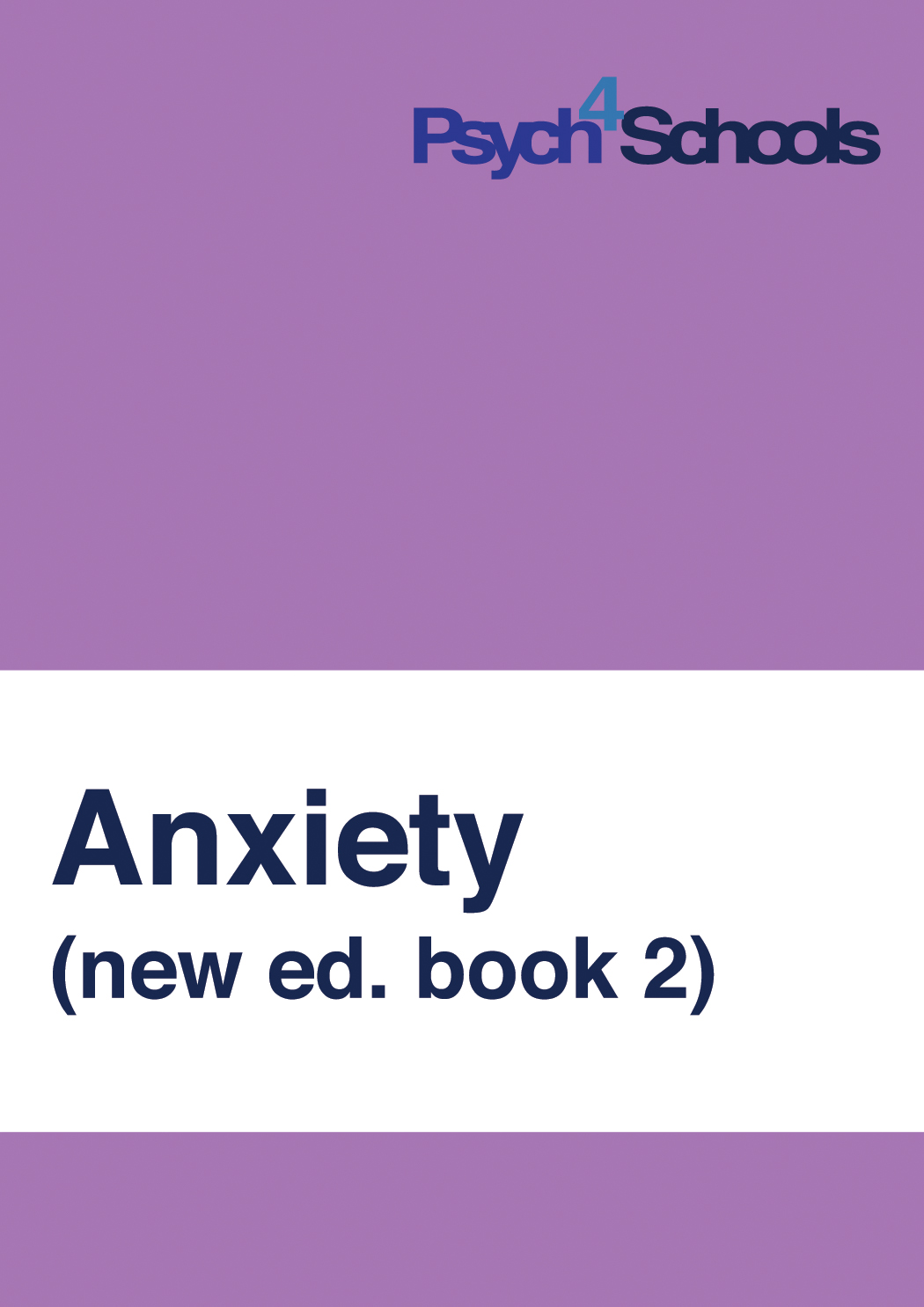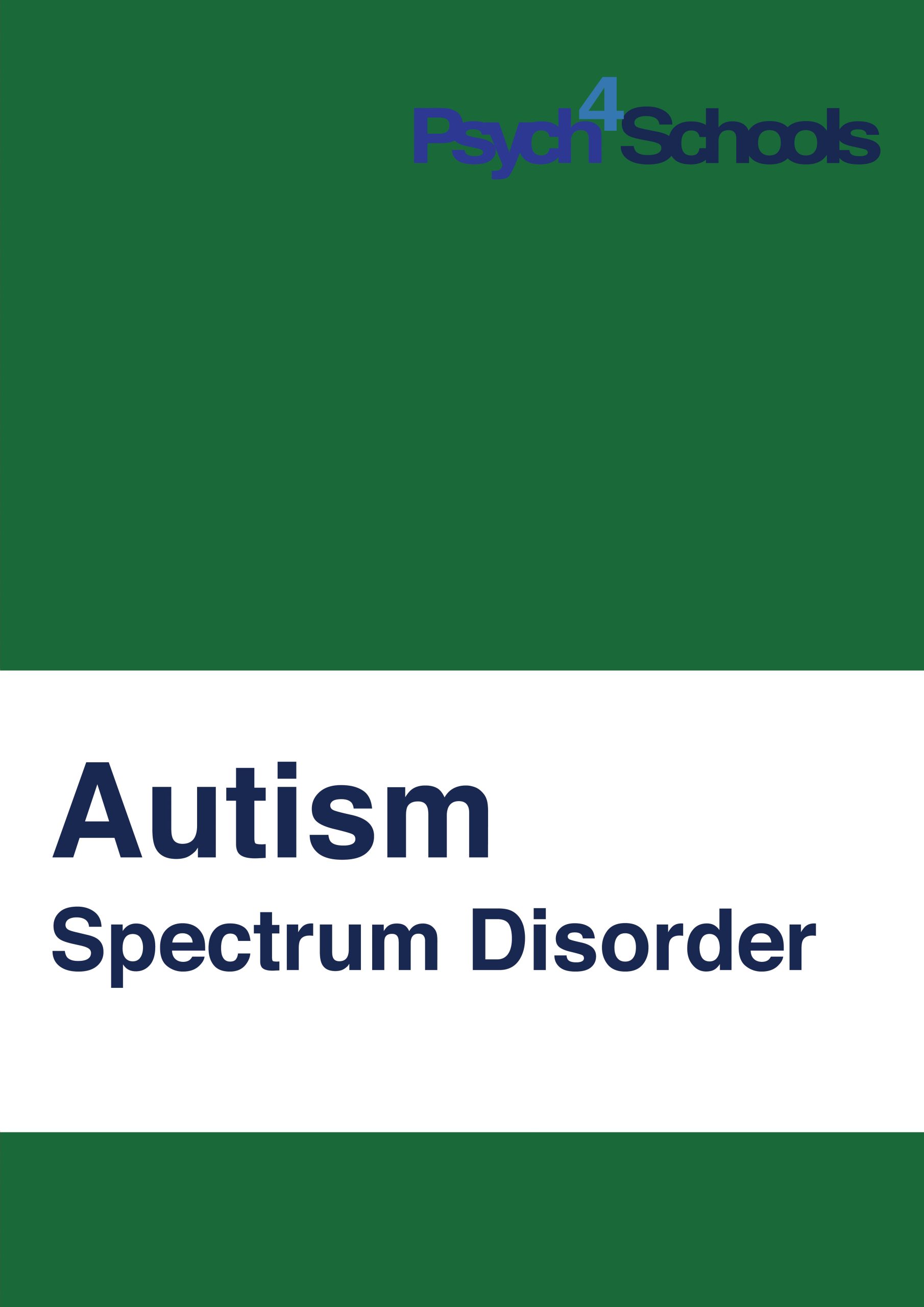Learning disabilities
The following is an excerpt from the ebooklet Working with children with learning disabilities by Murray Evely and Zoe Ganim.
Introduction
Children with learning disabilities find it challenging to learn, particularly in the areas of literacy and numeracy. Despite having average to above average intellectual abilities, these children perform well below the expected level for their age and general ability, in one or more academic areas such as reading, writing, spelling, or mathematics. In Australia it is estimated that up to 15% of all children suffer from a learning disability.[1] Skues, J.L. and Cunningham, E.G. (2011). A contemporary review of the definition, prevalence, identification and support of learning disabilities … Continue reading
The terms learning disability, learning difficulty, learning disorder, specific learning difficulty or specific learning disorder, and learning difference are often used interchangeably however they describe slightly different conditions.
The term ‘learning difficulties’ is a general term that encompasses all children who struggle to learn. It includes those children whose learning difficulties are caused by internal factors (neurological, physical, medical) and/or external factors (family, inadequate schooling, community, opportunity, life stressors).[2] Learning difficulties, disabilities and dyslexia.’ AUSPELD https://www.ldaustralia.org/disabilities-and-dyslexia.html
A ‘learning disorder’ refers to the clinical diagnosis given to children who meet specific diagnostic criteria described in the DSM-5 (Diagnostic and Statistical Manual of Mental Disorders, Fifth Edition) [3] American Psychiatric Association. (2013). Diagnostic and statistical manual of mental disabilities (5th ed.). Arlington, VA: American Psychiatric … Continue reading as determined by a professional (e.g. paediatrician, psychologist, speech pathologist) or a multi-disciplinary team. Many learning disorders/disabilities may also be referred to as Specific Learning Disorders/Disabilities.[4] Ibid. Psych4Schools offers ebooklets on the common learning disorders.
‘Learning disabilities’ are caused by internal factors only, and are usually life-long. Learning disabilities are not the result of low intellectual ability, visual or hearing impairments, lack of exposure to education, or family issues. Children with learning disabilities have persistent difficulties in one or more of the basic psychological processes involved in understanding or using spoken or written language, or mathematics. This can have a negative impact on their ability to think, listen, speak, read, write, spell, or perform mathematical calculations.
For most of these children, their learning disabilities will impact on their whole academic and social experience within the classroom, as they struggle to process instructions, acquire basic skills, keep up in class, construct their own learning and get along with others.
Without additional support, such children can become frustrated learners who lose confidence in their ability. A lack of understanding coupled with the extra effort needed to keep up often inclines them to stop trying and give up, which can result in poor participation, non-compliance or even disengagement from education.[5] Martin, A. (2013). From will to skill: The psychology of motivation, instruction and learning in today’s classroom. InPsych; The Bulletin of the … Continue reading
Characteristics of children with learning disabilities
Children with learning disabilities may display some of the following characteristics:
- early language delays and problems with sounds, letters and rhymes
- a tendency to be easily distracted and less focused than other students
- a reluctance to engage in learning, and lack of internal motivation for academic pursuits
- an apparent lack of ability to think things through
- difficulty in transferring and generalising from one task to another
- slowness to start and difficulty in the completion of set tasks
- on-going difficulty with reading, writing and/or mathematics
- persistent use of immature strategies, such as counting on fingers or guessing an unknown word based on the first sound
- an unwillingness to read for pleasure and/or participate in competitive maths games
- a preference for ‘hands on’ tasks and activities such as sport, physical education, drawing, art and craft, etc.
- an inclination to rush, produce sloppy written work, or say the task is ‘boring’ or ‘too easy/hard’
- difficulty in remembering days, dates, names, telephone numbers, etc.
- difficulty in completing tests and finishing homework on time
- a greater reluctance to seek teacher support than other students
- an appearance to be a passive learner who is inclined to daydream
- an inclination to call out and fail to take turns
- a lack of self-esteem and the tendency to follow the lead of others
- a specific learning disability, for example, with reading or understanding the meaning of what is read; or with maths, such as mastering a sense of number, number facts, calculations or mathematical reasoning.
While children with learning disabilities typically have average or above average thinking and reasoning abilities (i.e. intellectual ability), they have difficulties processing and retaining complex ideas, resulting in significantly lower academic achievement.
By the end of primary school, these children may be up to two or more years behind their peers and unprepared for traditional secondary schooling.
Types of learning disabilities
There are many types of learning disabilities and several can coexist. The following are some common specific learning disabilities.
- Dyslexia. A reading disability causing problems with phonemic awareness and fluency. Children with dyslexia have difficulty decoding words and reading aloud fluently, difficulty with working memory and often exhibit slow processing speed. A psychologist usually diagnoses dyslexia after a child meets a number of criteria, including being well below the expected reading level for their age.
- Visual processing disorder. Difficulty processing visual symbols such as letters and numbers.
- Auditory processing disorder. Difficulty processing speech and sounds. These children do not have trouble with hearing rather they have difficulty making sense of what they have heard.
- Dyspraxia. Difficulties motor coordination of oral skills (such as making sounds), verbal skills (the creation of speech because of issues with coordination of lips and tongue), or simple and complex motor skills (difficulties with fine and/or gross motor control).
- Dysgraphia. A writing disability causing difficulties with written language, including handwriting and setting out written information on the page.
- Dyscalculia. A mathematics disability causing significant difficulties mastering a sense of number, grasping and understanding the size or quantity of number, learning number facts, performing calculations and/or demonstrating mathematical reasoning.
- Non-verbal learning disorder/disability. Difficulties processing and interpreting visual and/or spatial information. These children tend to explore and mediate the world verbally, with a broad range of non-verbal deficits. They have difficulties with most areas of learning involving right hemisphere thinking, motor coordination, social interactions, peer relations, self-esteem, comprehension and personal organisation. This disability is often under diagnosed.
- Severe language disorder. A communication disorder that leads to difficulty understanding, using and processing language. There are two general types of language disorders: expressive and receptive. Children with expressive language difficulties have problems conveying what they want to say using words. Children with receptive language difficulties have trouble processing and understanding what people say. Almost all children with receptive language difficulties also have expressive language difficulties.
- Attention and concentration difficulties. Attentional issues associated with conditions such as attention deficit hyperactivity disorder (ADHD) can lead to a lack of ability to concentrate, sit alertly and remain task-focused. Attention and concentration difficulties may also be associated with lack of sleep, chronic tiredness, on-going trauma and emotional issues however, according to clinical guidelines, psychosocial adversity cannot account for learning disabilities.
- Pervasive developmental disorders impair or limit learning. The use of one-sided language, deficits in social-emotional reciprocity and restricted, repetitive patterns of behavior, interests, or activities as associated with Autism Spectrum Disorder (ASD) can lead to learning difficulties and issues with everyday functioning, depending on the severity of the condition, the child’s developmental level and age.
Information processing problems and learning disabilities
- Working memory difficulties. Children with working memory problems have a reduced capacity to hold information in their mind for a brief period, and simultaneously process it. This can lead to difficulty in carrying out multi-step activities, following or repeating lengthy instructions, or correctly performing mental arithmetic. Working memory difficulties are often associated with poor phonological processing, learning disabilities, attentional issues, anxiety, worry and trauma.
- Poor processing speed. Difficulty in quickly performing automatic, routine cognitive tasks particularly when required to maintain focused concentration. Poor processing speed may affect perceptual speed (motor speed, copying ability, visual discrimination), number facility, rate of test taking, and speed of reasoning.[6]Wendling, B.J. and Mather, N. (2009). Essentials of evidence-based academic interventions. Hoboken, NJ: John Wiley & Sons, Inc. (See … Continue reading A lack of ability to process information as quickly as one’s peers can lead to learning, academic and social difficulties.
Learning disabilities and anxiety
Children with a learning disability often experience higher levels of anxiety than their peers, because of the daily difficulties they face in processing information and acquiring basic skills that are essential for learning. They can also be very tired at the end of the day as a result of the extra effort they need to exert in order to learn. Coupled with anxiety, tiredness can have a further negative impact on the child’s ability to perform academically. Children with learning disabilities frequently feel anxious about:
- not being able to keep up with the class
- being different from other children
- feeling ‘dumb’ or ‘stupid’
- the need to work harder to achieve the same or lesser outcomes than their peers.
Symptoms of anxiety
Children with learning disabilities might express anxiety through:
- avoidance strategies, such as talking to other students, asking to go to the toilet, etc.
- making excuses for not doing work
- oppositional behaviours, such as arguing, getting into fights, and general noncompliance
- withdrawing from others
- school refusal
- nightmares
- headaches, stomach aches, and other somatic complaints
- a decreased academic ability
- not remembering instructions
- ‘going blank’ or ‘zoning out’
- frequently being the ‘class clown’ or saying the task is ‘boring’.
Causes of learning disabilities
Learning disabilities arise because of impaired processing of visual information such as images, writing, and numbers; and auditory information such as language and other sounds. They are neurologically based; children with learning disabilities exhibit differences in brain function or structure when compared with their peers. While their causes are not completely understood, there is high heritability for some learning disabilities. Other known causes include problems experienced during pregnancy or birth; damage acquired after birth through issues such as malnutrition; exposure to certain chemicals; childhood illness; a major accident or on-going trauma.
How are learning disabilities formally diagnosed?
In order to diagnose children with learning disabilities, a psychologist with appropriate expertise and experience observes the child and administers standardised tests of intelligence and achievement, and other psychosocial and clinical assessments. The outcomes of these assessments are examined in relation to same-age peers.
A formal diagnosis is often delayed, as the assessment criteria requires the child’s academic skills to be substantially and quantifiably below the level expected for their age and level of intelligence, which implies they should be at school for a number of years before assessment takes place. While they may co-exist with a learning disability, other potential reasons for the child’s low level of academic achievement (such as an intellectual disability, uncorrected sensory acuity, other mental or neurological disabilities, psychosocial adversity, language learning difficulties, or inadequate teacher instruction) must be ruled out during the diagnostic process. [7] American Psychiatric Association. (2013). Diagnostic and statistical manual of mental disorders (5th ed.). Arlington, VA: American Psychiatric … Continue reading
Early detection and screening tools for teachers
Children with undiagnosed learning disabilities often suffer intense stress and shame because they try their best but still can’t seem to achieve.[8]Tarica, E. (October 17, 2011). ‘New manual points to a fresh approach to dyslexia. The Age. Retrieved November 2011 from … Continue reading Diagnosis of learning disabilities is essential so children understand why they are having difficulty achieving, and to ensure they get appropriate support.
Screening of children prior to school entry and, again, during the first three or four years of schooling can help to identify those with learning disabilities. Targeted, appropriate and early intervention can help to prevent or reduce the impact of what can be a debilitating lifelong learning disability.
The Psych4Schools screening tool, Screening beginners for learning difficulties, can be used to observe and informally test children after their fourth week of school. Alternatively teachers may use observation, informal testing and parental reporting to screen preschoolers during transition programs. Along with other screening instruments for dyslexia and mathematical difficulties, this tool is available to members in the resources section of the Psych4Schools website.
The identification of a persistent reliance on ‘immature’ learning strategies, and careful documentation and accountability during a child’s early years of schooling may facilitate the early detection of learning disabilities and, therefore, reduce their long term impact.
It is vital that children considered at risk of a learning disability diagnosis are referred to a psychologist and/or speech pathologist for assessment as early as possible. Parent permission is required for referral to these professionals.
Risks of not diagnosing and accommodating learning disabilities
If a learning disability is undiagnosed or not appropriately accommodated by teachers and parents, the child is likely to feel frustrated and anxious, and may erroneously be described as ‘lazy’, ‘lacking in motivation’, or ‘unwilling to try.’
With each passing year, the child may become more demoralised as they and their peers become increasingly aware of the child’s weaknesses and difficulties. Students who have undiagnosed learning disabilities are also more at risk of changing schools, as their parents often desperately search for the right match between school and child. Changing schools can also lead to further frustration and reduced academic outcomes. See the Psych4Schools ebooklet, ‘Children who are transient’ when it becomes available on the website.
If learning disabilities remain undiagnosed or if targeted support is lacking, significant consequences may affect an individual’s lifespan, such as compromised academic achievement, a greater likelihood of incomplete schooling, social and emotional distress, poor employment outcomes, anti-social behaviour, homelessness, terms of imprisonment and a higher risk of suicide.[9] World Dyslexia Forum. (2010). Report: Summary for findings and recommendations. Paris, France. Retrieved … Continue reading
Children may attempt to avoid tasks they find difficult and mask their learning disabilities with behaviours such as acting out, defiance, or being the ‘class clown’. Other children may use avoidance strategies that are less immediately obvious; for example, the out-going, friendly child who doesn’t pose a problem to peers or teachers and so ‘slips under the radar’; or the child with good oral language skills who diverts their teacher from noticing their difficulties with written expression or reading. In such cases, a learning disability may go undetected unless clearly established; routine assessment processes are in place.
Learning disabilities and gifted children
Gifted children can have learning disabilities or disorders. This can lead to their giftedness being overlooked as the child’s true abilities are masked by the learning disability and they present with average abilities. If gifted children with learning disabilities are left undiagnosed or not given appropriate modifications to class work in relation to both the learning disability and to the giftedness, then the child will likely exhibit higher levels of frustration and problematic behaviours. Further advice for assisting gifted students can be found in the Psych4schools ebooklet Working with children who are gifted and talented, or on the various Department of Education gifted education websites.
Gifted children who have learning disabilities are often referred to as students who are twice exceptional. For the gifted child who has been diagnosed with a learning disability follow the recommendations to assist the child’s learning in the child’s psychological assessment report. Also refer to the Psych4schools ebooklet Children who are gifted and talented underachievers as it becomes available on the website.
Strategies to support the child with learning disabilities
Typically, classroom teachers are required to take responsibility for the learning needs of all their students, including those with learning disabilities.[10]Berman, J. and Graham, L. (2013). Responsive teaching for students experiencing learning disabilities. InPsych; The Bulletin of the Australian … Continue reading Equally, it can also be argued that the ultimate responsibility lies with the school leadership to fully support the work of classroom teachers in meeting these needs. [11] Taskforce on Students with Learning Difficulties. Final Report June 2013. ACT Education and Training … Continue reading
- Listen to and if appropriate accommodate the parents’ concerns and advice. Often parents will have specialist knowledge or observations that may assist you in formulating best teaching practice to support the child’s learning. Some parents may present as angry or frustrated. It may be helpful to meet parents with another staff member, such as the special needs coordinator, deputy or assistant principal or school psychologist. Tips on meeting with parents can be found in the Working with parents section of the Psych4Schools website.
- Devise a system for ‘down time’ or frequent breaks. This is important as it takes the child a lot more effort to process instructions and information in order to learn. Some children prefer a card system, agreed hand gesture, or to simply ask for down time. If you notice the child could benefit from a break, you might ask them to run an errand. It can be helpful to have a quiet area in your classroom that is set away from other children.
- In instances of poor behaviour, implement a predetermined set of procedures and rules developed with the agreement of the child and other staff including the principal, as required. Include alternatives to verbal reasoning so the child is not overloaded. If there is unacceptable misbehaviour:
-
- Remain calm. A steady, calm voice can be reassuring for the child while helping you to remain clear-headed and reasonable.
- Do not talk too much. Keep your language meaningful, short and clear.
- Have an agreed set of visual communication strategies such as hand signals; private cues; a movement towards the child accompanied by a pause, silence, or the lowering of your voice; or a variation in the pace of talking and questioning.
- Avoid power struggles by giving the child one or two acceptable choices that may have been previously arranged.
- Choose the time to follow up on an incident carefully. It is best to discuss consequences for unacceptable behaviour when the child is calm and can think and talk rationally, and both the child and the teacher are unlikely to ‘lose face’.
ISBN 978-1-921908-33-0
Copyright © Murray Evely and Zoe Ganim 2014
No part of this excerpt may be reproduced or reprinted without permission in writing from the publisher.
Click here to read copyright details, summary of the licence and terms and conditions to use and reproduce our digital materials granted to authorised users.
References
This article is an excerpt from the ebooklet Learning disabilities.
Download the complete ebooklet for full access to strategies and resources, including:
- General strategies
- Have an orderly, well-resourced classroom
- Reduce anxiety
- Build self-belief and set achievable goals
- Promote a culture for learning
- Adjust teaching to meet individual needs
- Modify the curriculum
- Implement evidence-based programs
- Build literacy skills for all academic learning
- Recognise the importance of social issues
- References and further resources





